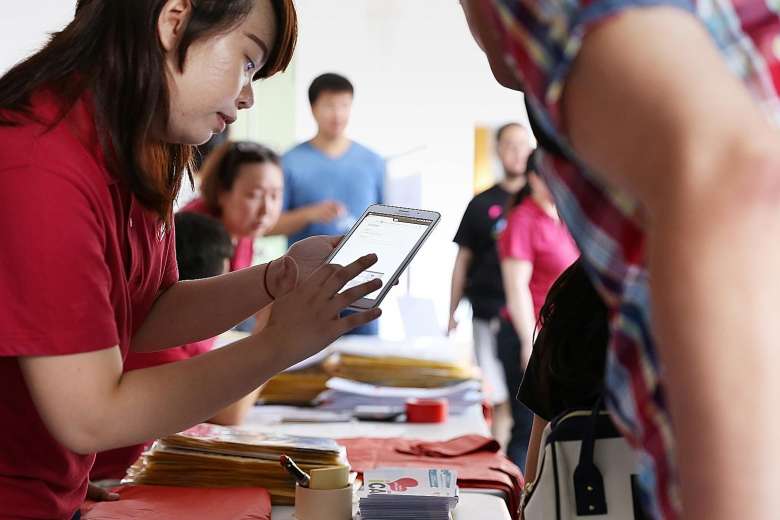Source – straitstimes.com
There are now 2,000 known programmes run by close to 400 social and welfare charities in Singapore. Are these programmes meeting the needs on the ground?
The National Council of Social Service (NCSS), which oversees all social service organisations here, is building a big digital dashboard to find out.
The dashboard will tap into big data and data analytics to track if the supply of social services meets the demand fuelled by social needs of different beneficiary groups.
The council is not alone in its big data vision. Other charities and leaders in the sector are slowly warming up to the potential of mining big data and analysing it to identify social trends and solve social problems of the day.
The National Volunteer and Philanthropy Centre (NVPC), for instance, now knows who is donating on its online portal, how much and when. Millennials, aged 22 to 37 years old, form the bulk of donors on its portal, with 11,666 of them in its database so far.
However, it is the baby boomers – those aged between 52 and 72 years old – who were donating the most. They gave an average of $405 this year. People were also found to donate twice as much money at the end of the year – about $400 – as compared to other times of the year.
These donation trends and insights were gained after Tableau Foundation sponsored NVPC for the licence and training to use its data analytics software last year.
Tableau is one of the top data software companies in the market. More than 90 per cent of Fortune 500 companies use Tableau daily to make data-driven business decisions.
Upon learning more about the profile and behaviour of donors, NVPC used that knowledge to target and market fund-raising causes more effectively, said its spokesman.
For those who have donated before, NVPC recommended other charities for the donors. For those who have not donated before, NVPC curated content to raise awareness about various causes to prompt them to take action.
The results speak for themselves. Between April last year and April this year, donation amounts doubled to almost half a million on the portal, compared with the annual average of $200,000 seen in the previous years from 2009.
Globally, countries and companies have been using data analytics software to tackle issues from ending malaria in Zambia to facilitating democracy in Myanmar.
In Singapore, the Government started releasing official data in 2011 on a dedicated site – data.gov.sg – so that members of the public can use the data to solve problems and meet needs.
“We believe that data can have enormous value to non-profit organisations, enabling them to increase transparency and accountability, expand their relationships with funders, discover new trends in their programmes, and tell more powerful stories about their communities,” said NVPC’s chief executive Melissa Kwee.
The NCSS dashboard project will be executed in the next two years.
Supply of social services will be tracked according to outcomes, utility rates and funding of the projects.
Demand for social services will be appraised by quality of life measures, survey of public attitudes towards certain social issues, and other needs assessments.
By evaluating if supply meets demand, NCSS hopes to better serve the needs of the vulnerable in Singapore. It is a big vision which the council hopes to execute in the next two years.
For now, the council has embarked on a smaller data project that allows the listing of resources to be customised to the age group and condition of the beneficiary.
For instance, when a senior with depression or a 35-year-old with a physical disability were to specify these characteristics on a portal, the page will load the services available – be it daycare or support group sessions – on a location map.
Some smaller charities are also coming up with their own innovative data software projects.
Disabled People’s Association (DPA) has noticed that the iconic Flag Day charity projects are slowly dying off because they are very laborious and time-consuming.
It started working with global technology consultancy ThoughtWorks in 2015 to automate Flag Day operations and collect data that would be useful for future runs.
DPA’s software and data analytics allow it to track the registration of volunteers and the deployment of donation tins.
Today, about eight charities are using this software and larger data trends, such as studying the days of the week and the areas in which donations are higher.
Said Dr Marissa Lee, executive director of DPA: “Everything we do is funded by donors’ goodwill, so we have a moral imperative to think smarter about how we use our time and manpower.
“Data analytics is an important and easy way to make sure what we are doing is efficient and producing our intended outcomes.”
